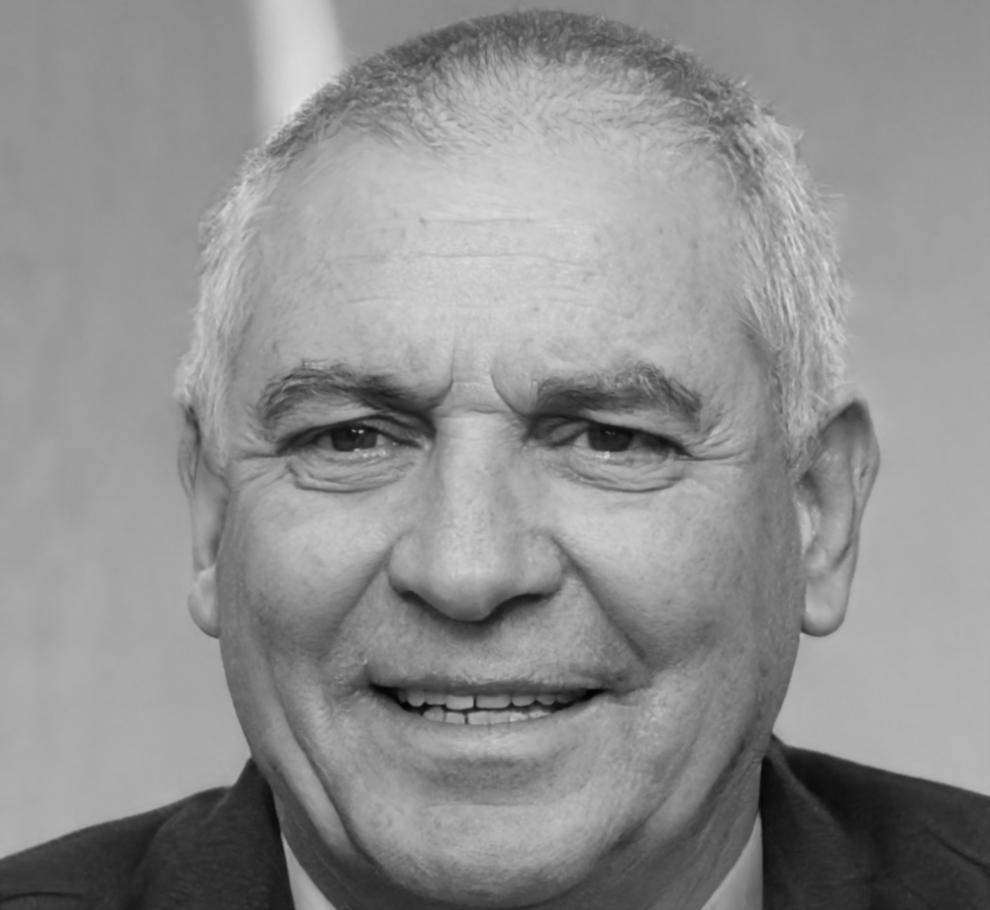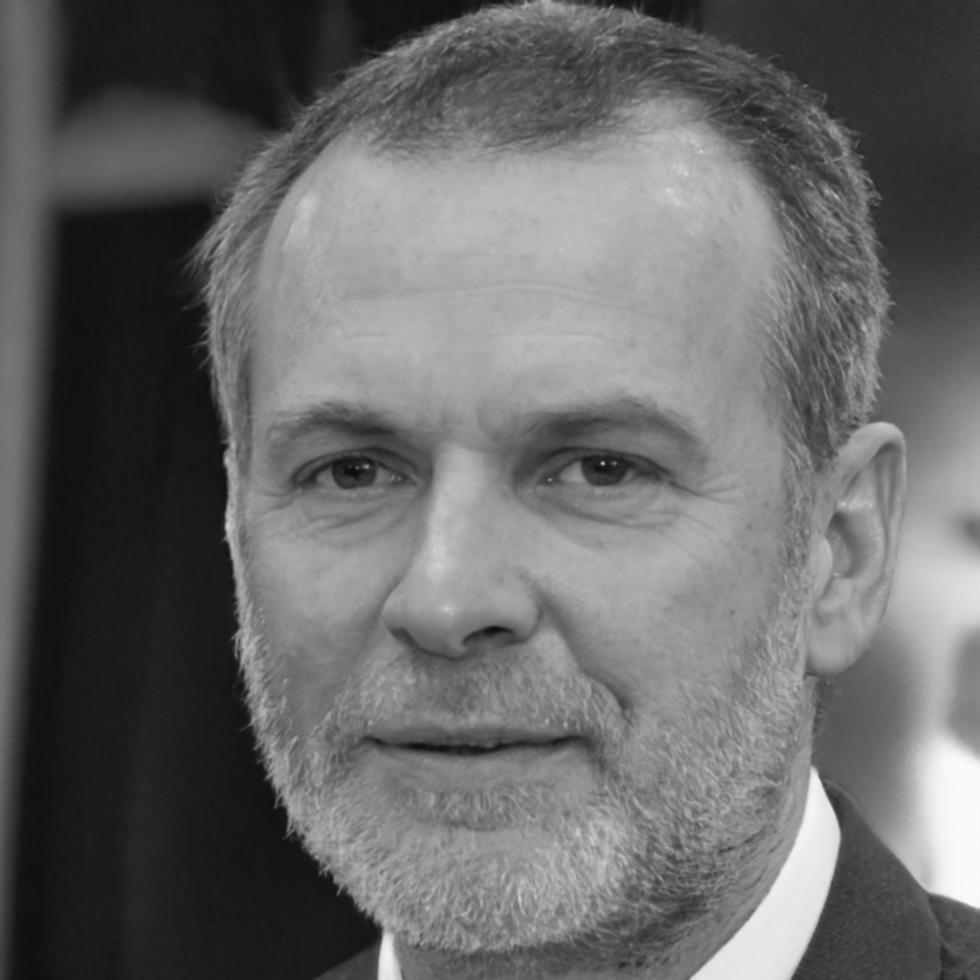Build a Working Forecast in Five Steps
Most forecasting guides make this way too complicated. You don't need fancy software or complex formulas to start. Here's how we teach people to create their first useful forecast.
-
1
Gather Your Numbers
Start with three months of actual data. Bank statements work fine. You need income, fixed costs, and variable expenses. That's it for now.
-
2
Spot the Patterns
Look for what repeats. Maybe invoices always come in slower during holidays. Or maybe supply costs jump in winter. Write down what you notice.
-
3
Project Forward Simply
Take your average monthly numbers and adjust for the patterns you found. Add any known upcoming changes. Keep it straightforward.
-
4
Build in Reality Checks
Create best-case and worst-case versions. Not to stress yourself out, but to know what you'd do if things go sideways. It helps you sleep better.
-
5
Update as You Go
Check your forecast against what actually happens each month. Adjust your assumptions. That's how you get better at this over time.





